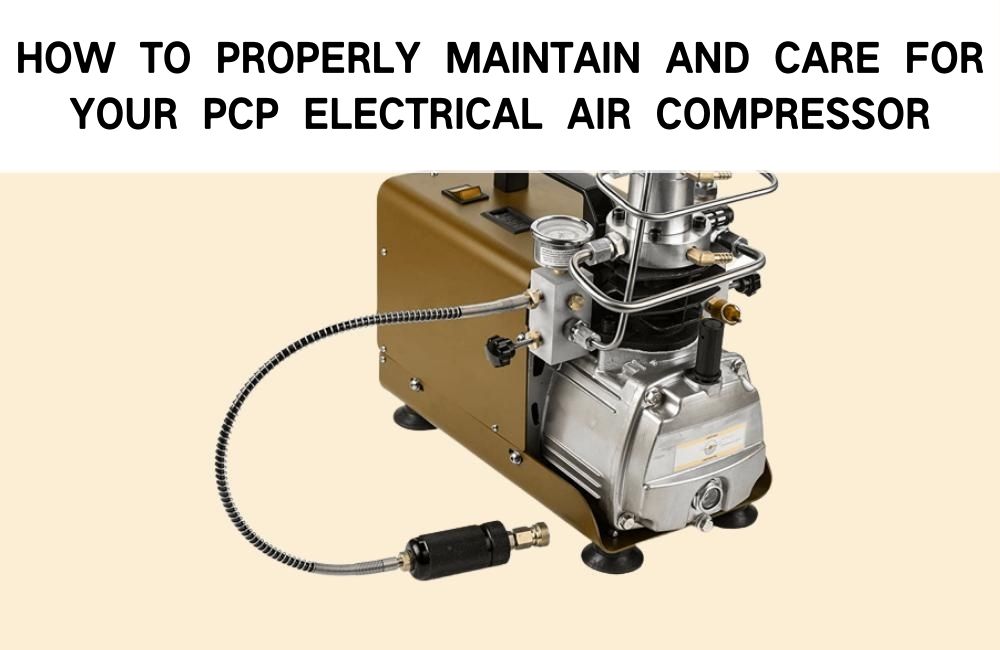If you own or drive an electric car, especially one powered by a PCP compressor, it’s important to maintain it properly and keep the compressor well-cared for. Not only will proper care help keep your vehicle running smoothly, safely, and efficiently, but regularly maintaining the PCP compressor also helps extend its lifetime and reduce expensive repair costs.
Whether you’re a professional driver or just looking to save some money on maintenance over time, this blog post will cover all of the necessary care needed for keeping your PCP electrical air compressor in top condition.
Basic Maintenance and Cleaning
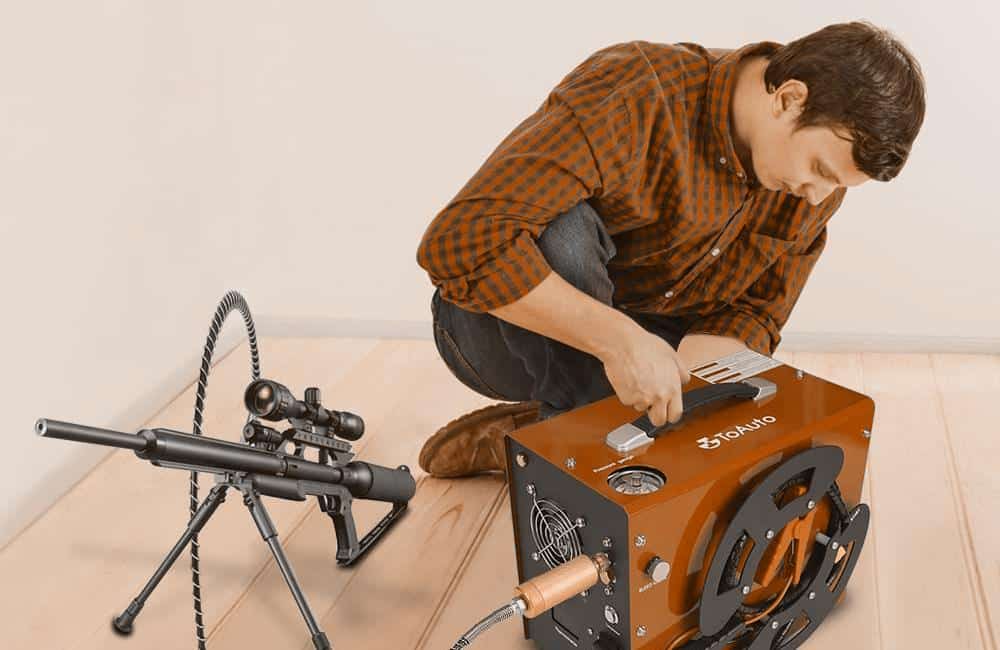
Ensuring that your PCP electrical air compressor is in optimal operating condition is essential, and to get the best performance out of it, it needs to be properly maintained. There are four necessary steps that need to be checked regularly.
- Initially, you will need to check and clean the air filter. This should be done every month due to its importance in preventing dirt and dust from entering your compressor’s engine.
- Secondly is checking and changing the oil – this should occur every three months or so, depending on usage.
- Thirdly cleaning the exterior of the compressor – using a damp cloth weekly gets rid of any stubborn dirt or grime that can accumulate on its surface.
- Finally, proper storage when not in use helps against potential corrosion of parts from moisture in the air or mechanical damage from other objects resting close by.
Following these easy steps will keep your PCP electrical air compressor running for years to come!
Operating and Usage Guidelines
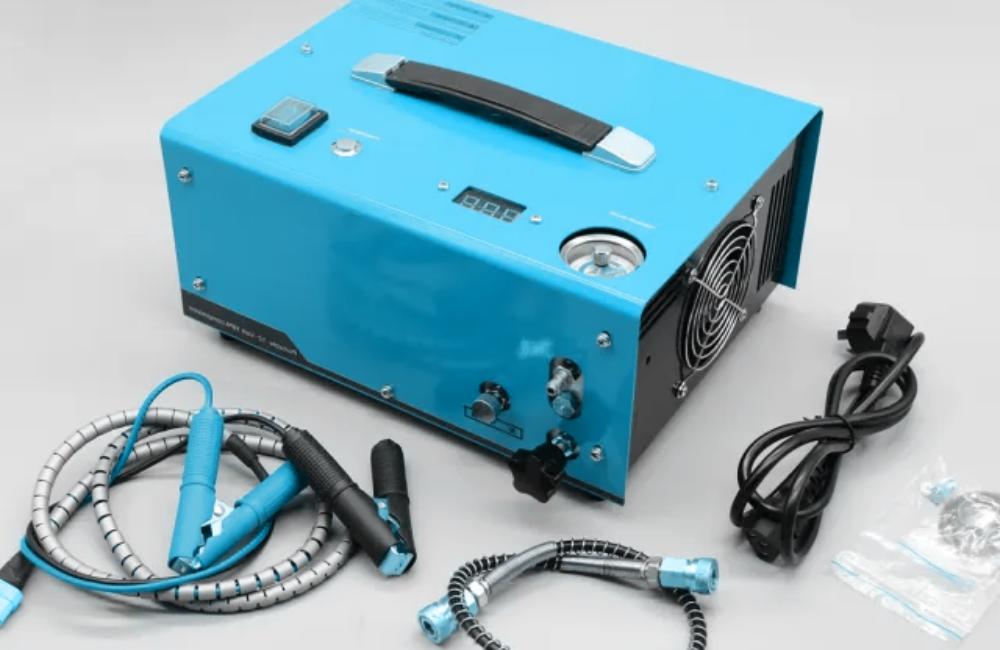
Following are the operating usage guidelines for PCP electrical air compressor:
Understanding the Pressure Ratings and Limits
Understanding the operating and usage guidelines of PCP electrical air compressors is essential for the safe and effective operation of such a device. As the pressure ratings and limits vary from compressor to compressor, it is essential to be aware of the specific limits for your own model.
If these are exceeded, costly damages may occur to the compressor. Therefore, before using a PCP electrical air compressor, it is important to read through all relevant manuals and guides in order to ensure you understand how much pressure your device can handle. Understanding these ratings continues to be an important part of getting the most out of your PCP electrical air compressor.
Properly Connecting and Disconnecting Air Hoses
To successfully operate the PCP electrical air compressor, it’s important to properly and safely connect and disconnect air hoses. When connecting air hoses, it’s a must to plug air hose couplings onto compressor outlet sockets, making sure the fitting is tight and secure before turning on the machine.
When disconnecting air hoses after use, always turn off the power supply before doing so. Additionally, unscrew the threaded connection of the hose first before unplugging the coupling from the socket.
Remember to be extra careful when unscrewing and pulling out fittings that are held in with a spring clip, as this can cause dirt to drift into the bottom part of your compressor, which can lead to damaging components inside.
By following these simple guidelines while working with air hoses, you will be able to ensure hassle-free usage of your electrical air compressor.
Using the Compressor for Appropriate Tasks and Durations
When operating a PCP electrical air compressor, it is important to ensure that the desired task is appropriate for the machine and that its use is limited to the necessary duration. It should not be used for any purpose other than what it was designed for or longer than needed, as this can cause unnecessary wear on the compressor’s parts.
Doing so will also improve its efficiency and effectiveness in providing you with the necessary compressed air. To make sure you get the most out of your compressor, read the instruction manual first and become familiar with all the safety procedures and usage guidelines that are outlined there.
Troubleshooting and Repairs
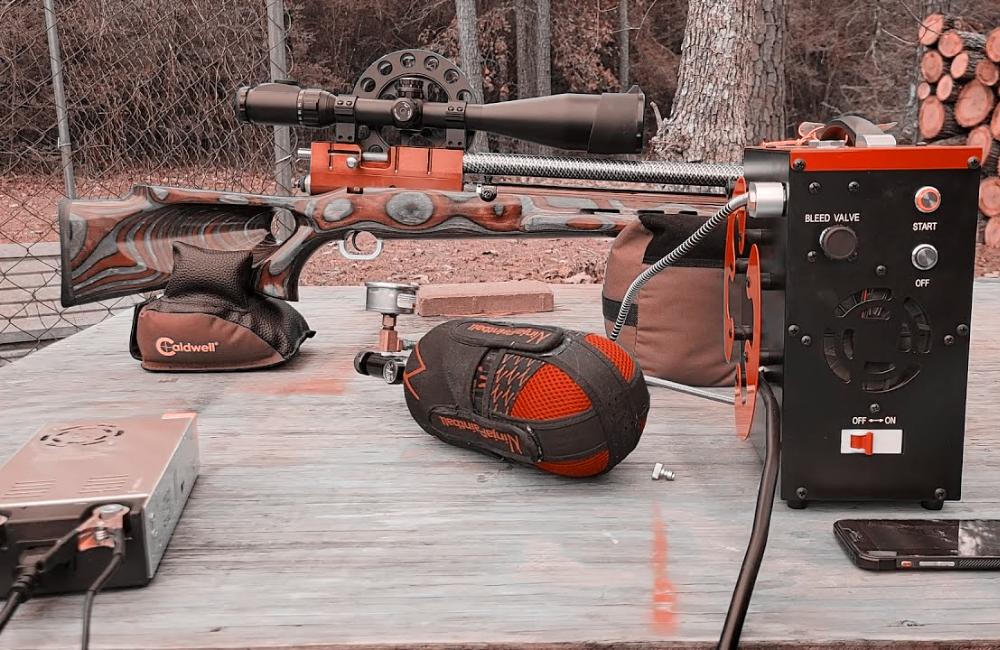
The following steps can be taken in troubleshooting the problem with PCP electric car and its repair:
Common Issues with PCP Electric Air Compressors
One of the most common issues experienced with PCP electric air compressors is related to ventilation. Without proper ventilation, heat builds up and can become dangerous, leading to malfunctioning and expensive repairs.
To prevent this common issue from occurring, it’s important to ensure your compressor is well-ventilated so air can flow through the unit easily. Another potential problem is oil contamination, as many compressors use lubricants that can cause buildup when mixed with moisture in the reservoir.
To prevent oil contamination from occurring, it’s best to keep your compressor clean and regularly inspect oil seals and replace them if necessary to preserve performance and avoid costly repairs down the road.
Troubleshooting Steps for Common Issues
PCP electric air compressors are commonly used in a variety of home and industrial settings due to their versatility; however, like any machine, common issues can arise from time to time. Being able to troubleshoot the problems quickly and effectively will minimize downtime and help keep your compressor running smoothly.
Luckily there are a few tried-and-true tips you can use to troubleshoot any common issue with a PCP electric air compressor – from basic maintenance tasks, such as replacing air filters and hoses, to more complex solutions, such as resetting capacitors or checking pressure switch settings.
Taking the time to learn basic troubleshooting techniques on your own or investing in professional training will make all the difference when it comes to using your compressor safely and efficiently.
When to Seek Professional Repair Services
If you have an electric air compressor from PCP and it starts to malfunction, then it’s important that you don’t try repairing it yourself. Professional repair services will be able to identify any faults quickly and accurately and can provide appropriate solutions for the particular model of compressor that you own.
Taking a DIY approach could mean further damage being caused or even safety hazards arising. Plus, these professionals know how to diagnose the cause of issues more quickly and effectively than somebody who isn’t familiar with these devices. Ultimately, this will save time and money as fast repairs ensure your workplace remains productive, while trying to restore the air compressor in-house could lead to production losses.
Long-Term Care and Maintenance
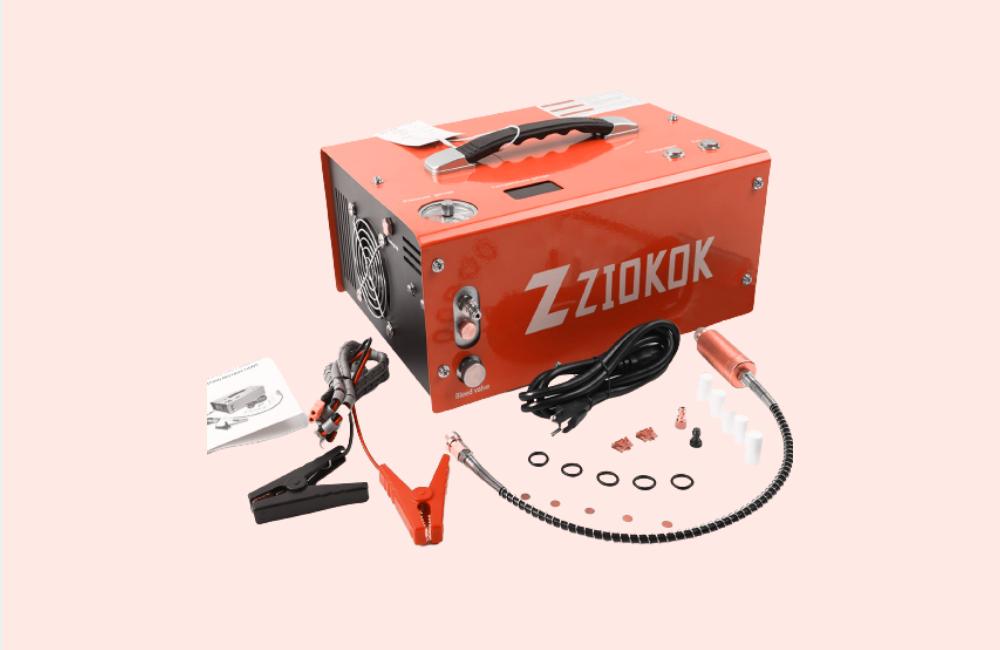
Take a look at some of the steps that you can take for the long-term care and maintenance of the PCP electrical air compressor:
Proper Storage During Extended Period of Non-Use
Long-term care and maintenance of a PCP electrical air compressor go beyond daily operation. After extended periods of non-use, it’s important to properly store the compressor so that it will remain reliable for future use.
The oil should be drained out of the air filter/regulator, and the casing should also be sealed with a protective oil film. It’s also essential to keep your PCP electrical air compressor away from dampness, direct sunlight, and greater than room-temperature environments.
In addition to protecting the machine from external elements, periodic maintenance of bearings and other components should be done. Following these simple steps can help ensure your PCP electrical air compressor functions efficiently, no matter the length of time between uses.
Schedule Maintenance for Long-Term Care
Proper maintenance is essential to prolonging the lifespan of any electrical air compressor, particularly in the case of a PCP electrical air compressor. It is recommended that a regular schedule of maintenance be performed on these components to ensure optimal performance and safety for many years to come.
This includes replacing worn parts, ensuring proper lubrication of all moving parts, checking for wear and possible signs of corrosion, draining and refilling with fresh coolant fluid as indicated in the manufacturer’s product manual, ensuring proper airflow around the compressor, maintaining proper levels of refrigerant or oil when applicable, and examining fan belts for defects.
Regular maintenance can prevent costly future repairs that may arise from improper maintenance precautions.
Replacement of Worn or Damaged Parts
Regularly inspecting and maintaining the long-term care of your PCP electrical air compressor is essential for its optimal functioning. Making sure to carefully inspect all parts of the machine regularly and replace any worn or damaged components right away can help prevent any unnecessary downtime or disruption to production.
Special care should be taken when replacing sensitive parts, such as the wiring, to ensure everything is installed correctly and that no damage is done to other parts of the machine.
Furthermore, it’s also important to make sure the correct replacement part is being used; using the wrong one may affect the performance and lifespan of your PCP electrical air compressor. Maintaining a schedule for regular inspections and replacements can help you keep your machine running smoothly in the long run.
Conclusion
Maintaining and caring for your PCP electrical air compressor is critical. Not only will it ensure that your compressor provides you with reliable operation and efficient service, but it will also help to extend its life.
With some basic maintenance and cleaning routine, operating instructions following the manufacturer’s guidelines, troubleshooting tips, and repairs as needed, you’ll get the most out of your electrical air compressor for the long term.
Ultimately, keeping up with regular care for your PCP electrical air compressor is an investment in its longevity that pays off in time saved, transportation convenience, energy efficiency – and peace of mind.
